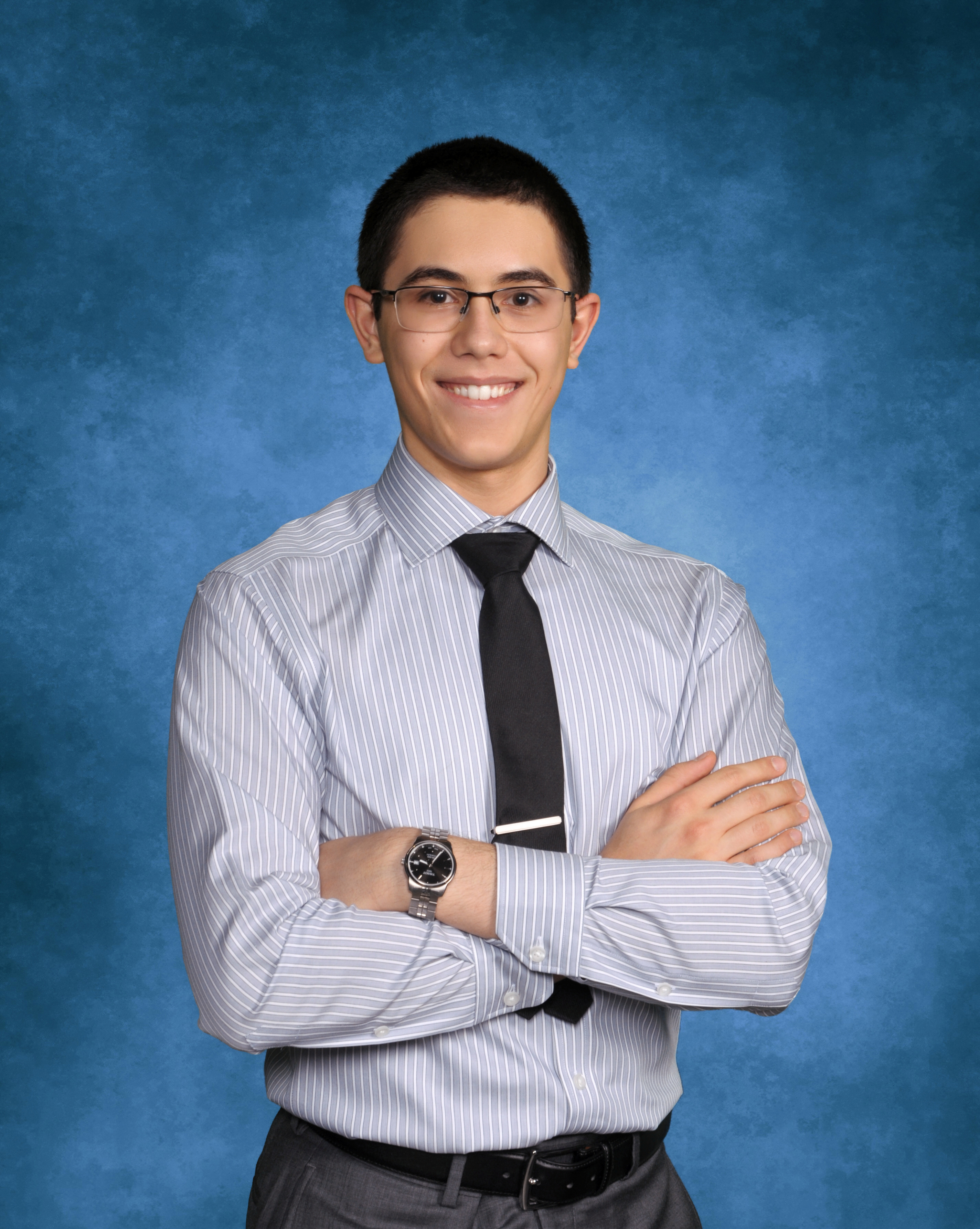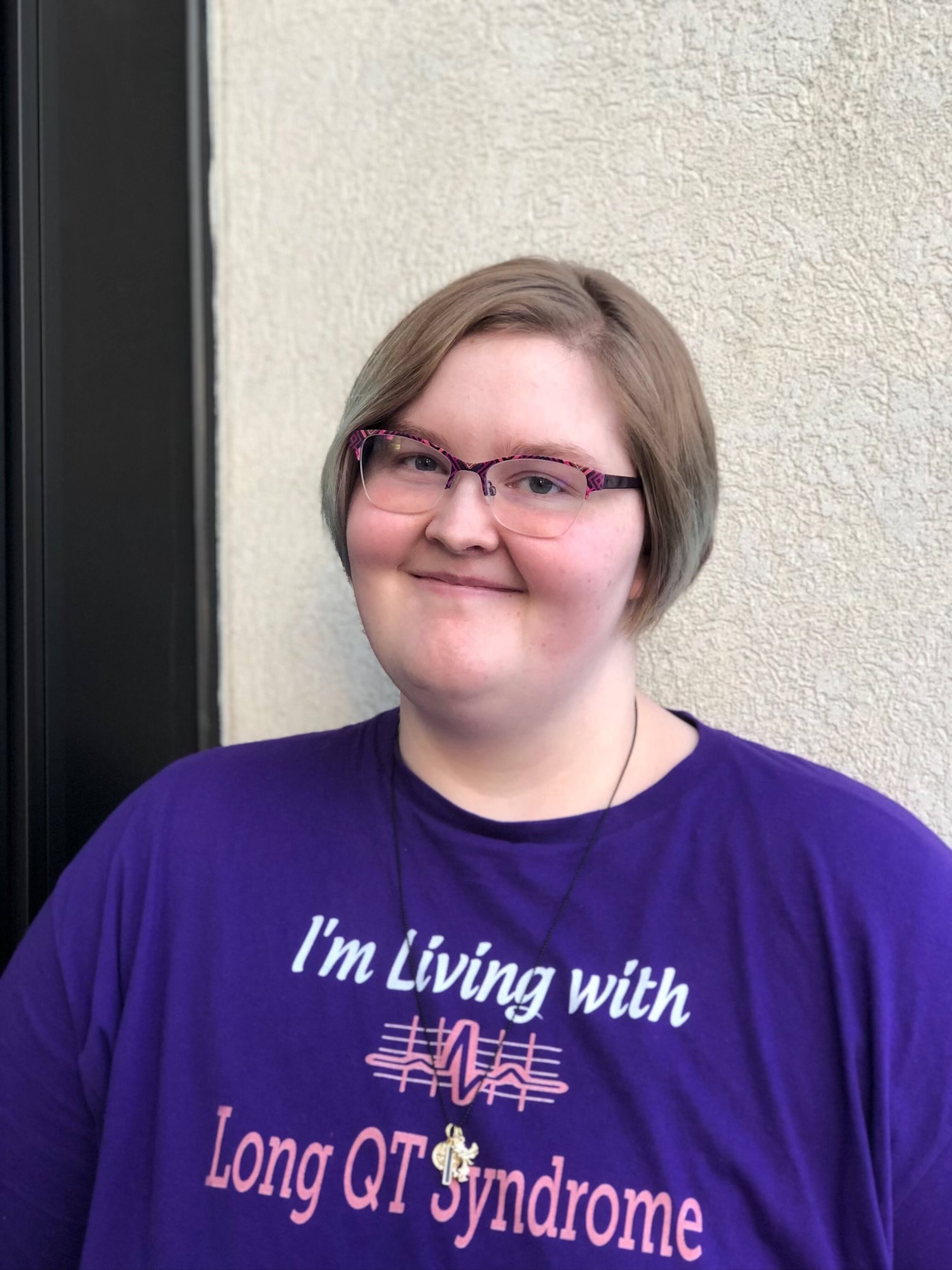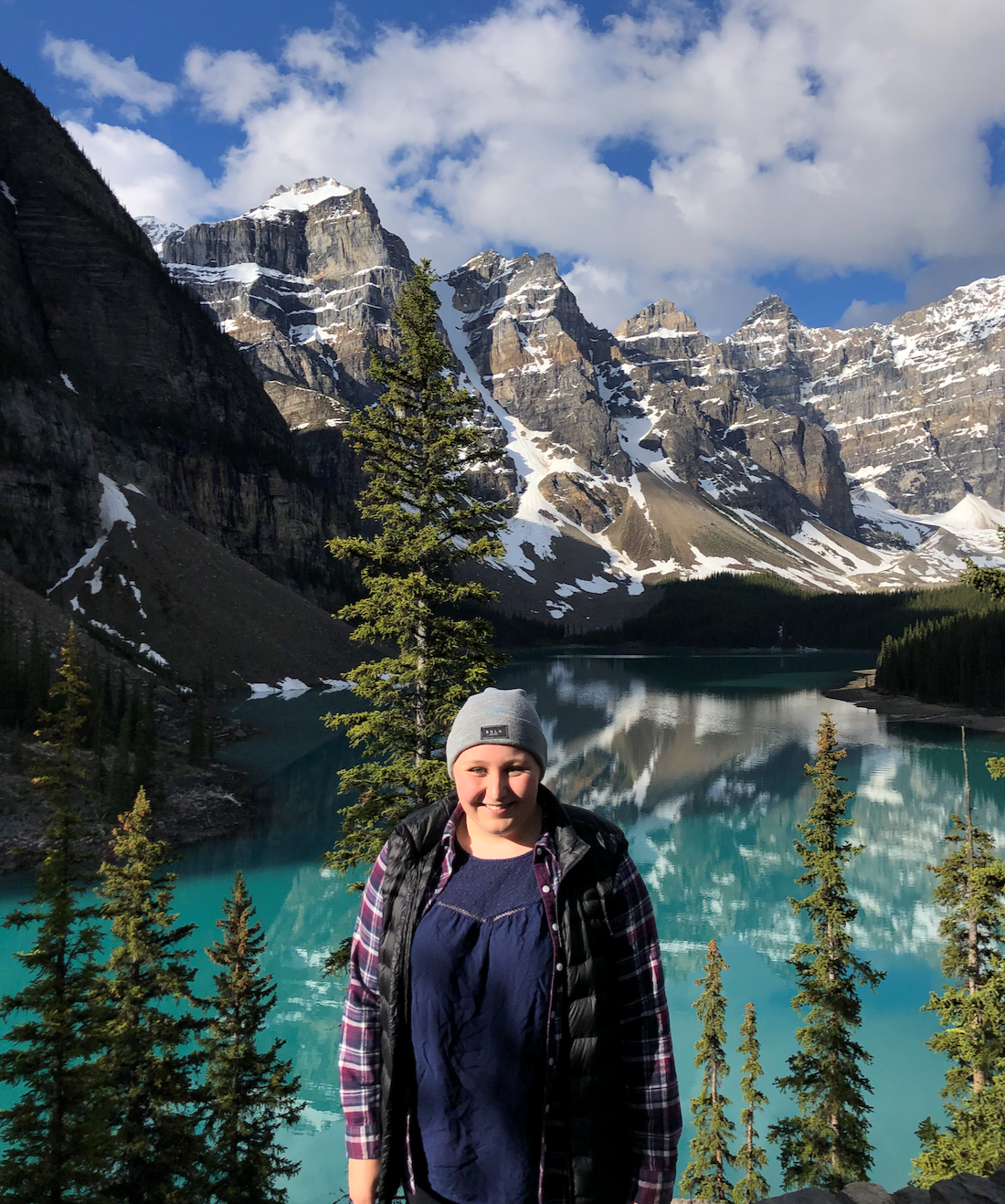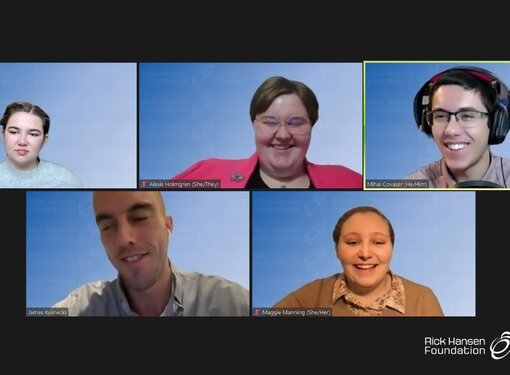Youth with Disabilities Discuss Inclusive Learning Environments

The best people to ask about the state of accessibility and inclusion in the Canadian school system are those with firsthand experience – the students themselves.
On February 16, 2022, the Rick Hansen Foundation (RHF) moderated a side panel event at the United Nations Global Disability Summit titled The Perspective of Youth with Disabilities in Education. The conversation featured six youth, all of whom have a disability.
Yollanda Chimbarami co-founded the non-profit organization Help A Child Save A Nation (HACSAN) in 2017, which aims to improve the lives of vulnerable children in Zimbabwe and Africa who live in under-privileged homes and attend schools in remote areas. Yollanda has an emotional disability.
Mihai Covaser is a first-year student at the University of British Columbia whose goal is to double-major in philosophy, politics and economics, and French. He is a youth living with cerebral palsy.

Élise Doucet learned at a young age the importance of advocating for oneself. Élise, who is Deaf, plans on studying STEM after graduating Grade 12.
.jpg)
Alexis Holmgren graduated high school in January 2020 only because of online and distance learning opportunities. She has not pursued post-secondary education due to barriers relating to her disabilities. In addition to a heart condition, Alexis lives with solar urticaria, a rare allergy to ultraviolet light and the sun.

Maggie Manning is working on her bachelor of health sciences in respiratory therapy at Thompson Rivers University. Maggie, born with severe bilateral developmental dysplasia of the hips, plans to continue advocating for improved accessibility and inclusion of people with disabilities.

Alejandra Van Dusen is a third-year student at the University of Regina, pursuing a major in health sciences. Alejandra’s passion for accessibility and inclusion was developed during her experience growing up with juvenile arthritis.
Each participant brought a unique lens to their experience as a student with a disability. Here are five learnings we took away from the panel.
Being a youth with a disability in the classroom means self-advocating. Acknowledging their needs goes a long way to inclusion.
All panelists agreed that it takes a consistent effort to be included, and it’s something many people may not even consider.
“For me, and for a lot of us, it takes an applied effort – and thinking a few steps ahead to be included in all the various classroom activities,” said Mihai. “It also means being supported and acknowledged by your peers and staff members when you get the chance to share your story with them.”
Maggie grew up in a small community. She was one of the only students with a physical disability in the community. For her classmates and teachers, it was often the first time they had encountered a person who used mobility aids such as crutches or a wheelchair.
“Unfortunately, I found myself frequently excluded from activities because my educators and peers were scared to ask how adaptations could be made to increase accessibility,” she said. “As I grew up, I learned the importance of being my own advocate and push to change the status quo because my disability shouldn’t be a barrier to my education.”
There are several challenges related to being a student with a disability. Be willing to listen to and learn from them.
Yollanda, who grew up in Africa, said accommodations for people with disabilities, whether physical or emotional, did not exist. No matter the country, panelists agreed that it’s important for educators to be aware of all the aspects that might be associated with disability – including being understanding and accommodating of medical appointments.
“I had to travel six hours to the closest centre with specialized pediatric medical care,” said Maggie. Frequent medical appointments meant I would miss days from school, and this was often overlooked by educators and students.”
For Élise, attitudinal barriers are a source of continual struggle in the classroom.
“It stems from hearing educators and students both being uninformed and unwilling to listen and learn,” she said. “When people are uninformed, they are left to their biases.”
Advocacy drives change. Encourage the sharing of stories in the classroom to help raise awareness about the potential of people with disabilities, and removes stigmas.
“We need to advocate for equity amongst all people,” said Maggie, adding that those little steps add up to big steps. “Together, we can make a tangible difference for future generations of disabled people in hopes of creating a fully accessible and inclusive world where differences are celebrated.”
Alexis agreed. “Sharing my lived experience provides education to help people better understand what it’s like. This introduces a real human lens to the conversation, and allows many of the misconceptions to be dismissed and attitudes to change as we are seen as people.”
It’s also important when creating accessibility solutions and policies in schools that students with disabilities are consulted, pointed out Alejandra. “Historically, students with disabilities have not always had their voices heard. In the name of accessibility and inclusion, students with diverse needs deserve a spot at the table during policy development,” she said.
And, added Mihai, the curriculum for teachers in training needs to be adjusted to better reflect accessibility needs in the classroom.
Educators should not be afraid to ask students what accommodations they need to succeed in the classroom.
“There’s no way that you should be expected, as an educator, to know what to do with a specific student before having a conversation with them. That’s just unreasonable,” said Mihai. “Even if you have some knowledge of what disability needs look like in your classroom, just have that conversation.”
Added Yollanda: “I think it’s really important to include disability in materials like school newsletters and to openly talk about it in classes. Hosting workshops and talks like this, so we can share our experiences and hear other people’s experiences, it helps us become better people.”
What can peers or classmates to do be more supportive of youth with disabilities?
“The first thing is really listening to our experiences, and listening to understand – not listening to further confirm a bias,” said Alexis. “Furthermore, don’t be afraid of us or avoid us simply because we do have disabilities.”
Mihai added: “If you have a question, just ask. Keep asking those questions and I’ll let you know if there’s something you can do for me to make things easier. It’s just a matter of being open and being okay with asking those questions and having those conversations.”
Thank you to all panelists for participating in the Perspective of Youth with Disabilities in Education panel. You are a testament to Rick Hansen’s belief that the power of youth will change the world.
If you missed The Perspective of Youth with Disabilities in Education panel or want to share it with colleagues, family, or friends, you can access the recording here. Consider hosting an RHF Ambassador to virtually speak to your class about disability, inclusion, and accessibility. Book your free Ambassador presentation here.





